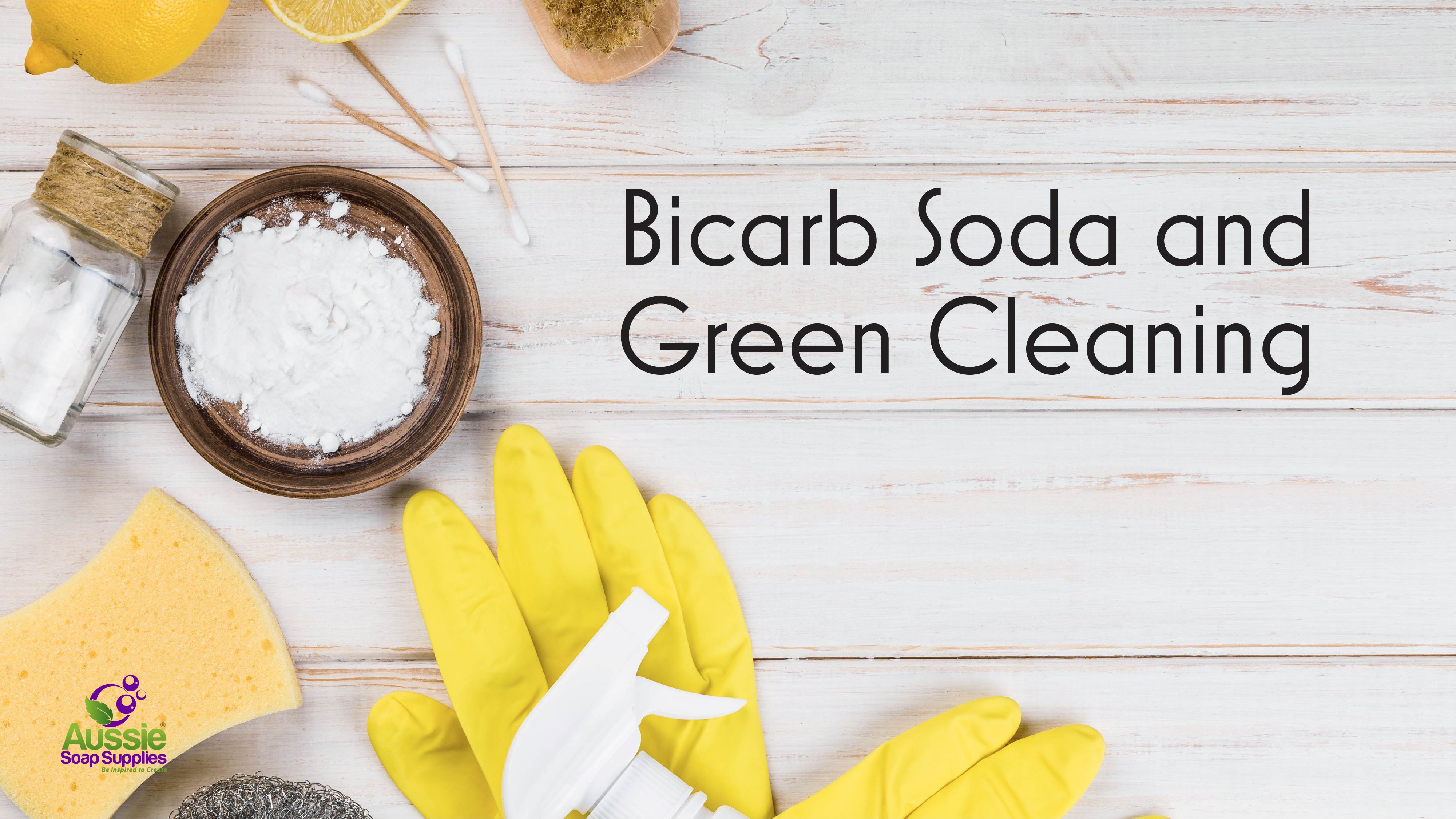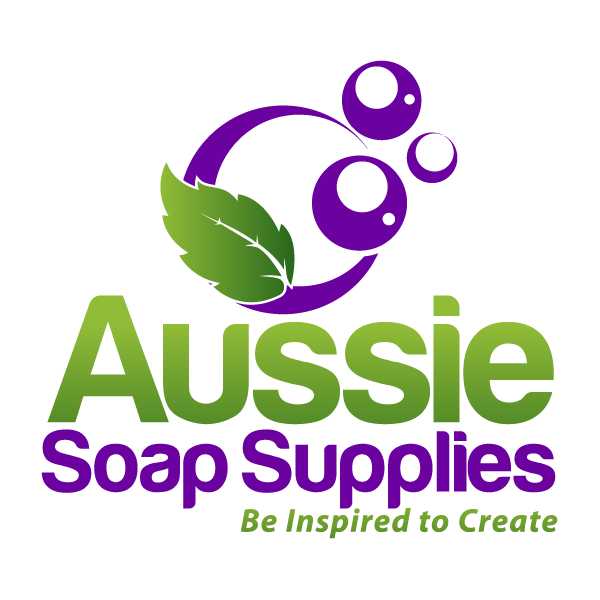
Bicarbonate of Soda is not just a fun and fizzy ingredient for making Bath Bombs! This power product is an environmentally friendly and economical must-have product for your home. You'll be amazed at its myriad of uses!
What is Bicarbonate of Soda (Bicarb Soda / Baking Soda)?
It is a Salt and an alkaline that neutralises acids. Bicarb Soda is made from soda ash (or sodium bicarbonate) which occurs naturally in our environment. The soda ash is mined and then refined to form a pure powder you can trust is safe.
We've rounded up a list of uses for this underrated miracle worker, so you can stop relying on expensive commercial cleaning products to clean your home:
- Deodorising: Fridges - The fact that dishwasher tablets contain Bi-carb Soda tells us that it is not only alkaline, but helps neutralise odours and leaves dishes smelling fresh. A bowl or jar in the fridge will help absorb odours from foods. Replace every 3 months.
- Deodorising: The Sneaker zone - do you avoid this area for fear of fainting? You may want to tackle this one with the added strength of Lemongrass Essential Oil or Litsea Cubeba (May Chang) Essential Oil; a few drops in a small bowl of bicarb soda should do the trick. Wash the sneakers if possible, and dust the bicarbonate of soda liberally inside the shoes once they've dried. We like to leave it in the shoe for up to a week if possible, to really absorb stinky smells. Then simply shake or vacuum out.
- Deodorising: Chopping Boards – Soak well-used chopping boards or cleaning cloths in a medium strength solution of Bicarb and hot water.
- Deodorising: Kitty Litter Trays – sprinkle amongst the litter, or in the base, to help absorb odours.
- Deodorising: Pet Areas/Beds – Sprinkle over bedding and then vacuum well, again if possible leave on for at least a day.
- Deodorising: Carpets – Sprinkle over the carpet or rugs and leave for a couple of hours prior to vacuuming to remove odours and freshen them
- Cleaning: Bicarb Soda on a damp cloth removes stains from bench tops, helps shift soap scum from showers and baths and rust from sinks and under dripping taps.
- Cleaner: Abrasive Cleaner - Make a thick paste of Bicarb and water and use to remove stubborn stains in coffee mugs, on cookware (beware of pots and pans that warn against abrasive cleaners). Some tough wall paints will also tolerate a light clean with this to remove scuff marks and crayon marks – make a more watery mixture for this application. Scuff marks on tiled floors can often be removed with a stiff mixture of Bicarb Soda and water.
- Cleaner: Cookware - Stubborn “crusty” baking pans and pots. Rinse pan or pot with warm water. Sprinkle liberally with fine salt, Bicarb Soda and a squeeze of lemon juice. Allow to sit an hour or so. Then with gloves on, scrub! If it’s really stuck, leave the mixture in the pot, and heat slowly on the cook top and when hot add more Bi-carb, and use a brush to really scrub to clean!
- Cleaning Silver: Damp a wad of micro-cloth or sponge, and rub gently on silver cutlery to bring back the shine. Do take care to spot test, as this is a mild abrasive, and if valuable silver is very tarnished you may require a specialised tarnish remover.
- Air Freshener: 2 cups Distilled Water, 1/3 cup Bicarb Soda and 5ml Lemon or Distilled Lime Essential Oil. Remember there is no solubiliser in this so you will need to shake before each use. You can add a solubiliser such as Polysorbate 20 or CCG Surfactant to ensure the oil is dispersed more evenly. Use 5ml of either solubiliser in this blend.
- pH Balance: If you have an acidic solution you'd like to neutralise, use a pH Strip and some Bicarb to achieve a neutral pH.








